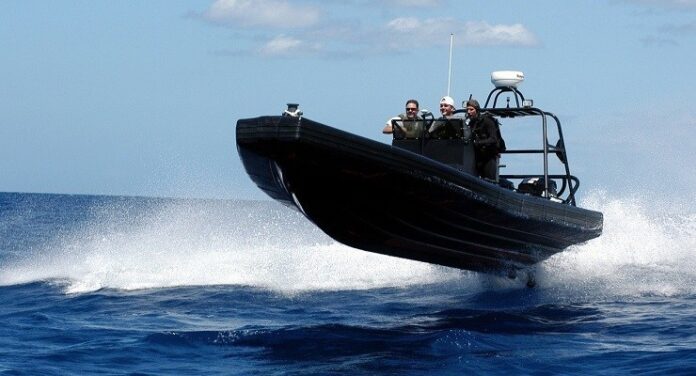
Ever wondered how a boat works? Seems like an unusual question right? But if you dive some deeper into this question, you’ll definitely find it very interesting. Knowing the basic mechanisms of how a boat works will increase your curiosity to learn more. If you are a boat enthusiast and want to know more about boating, boating accessories, etc., visit Amarine Store now!
To feed your curiosity here’s some basic information on how a boat works. We’ve kept it simple and avoided technical terms for a better understanding.
- Buoyancy – Buoyancy is the first and foremost force on the basis of which boats float. This scientific concept was introduced by a Greek scientist named Archimedes because of which buoyancy is also sometimes called Archimedes’ principle. Archimedes’ principle states that the force exerted on an object in a liquid/fluid is equal to the weight of the fluid displaced out of the liquid by the object. This force is called the buoyant force. To observe this phenomenon you may carry out a simple experiment. Take a glass completely filled with water. Then put any object into the water, pencil, keys, a small toy, anything. You’ll see some water being forced outside the glass. Now the water spilled outside is of the same weight as the weight of the object you put into the water. This effect is termed buoyancy. It’s just like gravity, we see this happening in our regular life but never pay close attention to it.
Just understanding the buoyant effect won’t give a complete framework of how actually a boat floats, yet buoyancy is the main reason behind the floating. We’ll have to look for one such relatively important idea which is density.
- Density – An object will either float or sink depending upon its density. Density is nothing but the measure of mass per volume. Density can be easily calculated by dividing the object’s total mass by its total volume. Density defines why a Styrofoam cup feels lighter than a ceramic cup.
- How buoyancy and density results in floating –
An object only floats when the density of that object is lesser than that of water. When it comes to floating, the size of the object does not matter and that is the reason why a gold ring sinks deep into the water and boats do not.
What if I say you that boats don’t actually float completely? Yes, you heard it right. Boats don’t completely float; they only float partially and partially sink. The ratio of sinking and floating depends upon the weight of the boat and the weight it carries. Hulls of any boats are made up of wood of different sorts and we know wood floats on water because of its lesser density. Hence it becomes perfectly reasonable why boats float.
- How do boats move –
Boats have sharp and narrow bows to cleanly push out the water from its way. But there needs to be some force to make any movement which is provided by either of these three power sources – oars and poles, sails or engines.
Using oars and poles or sails are dependent upon muscular or wind force respectively. Both of the methods come up with some sort of limitations of their own which makes them unreliable. This is why we came up with engines that work on coal or diesel. Although modern engines are invariably diesel-powered.
If you are a professional boater or someone who owns a personal boat, you might need boat accessories to upgrade your boat. To buy a boat ladder online visit https://amarine.store/collections/boat-ladder. Amarine Store sells genuine and in-budget boat accessories.





